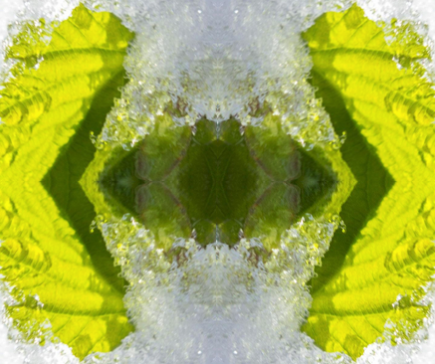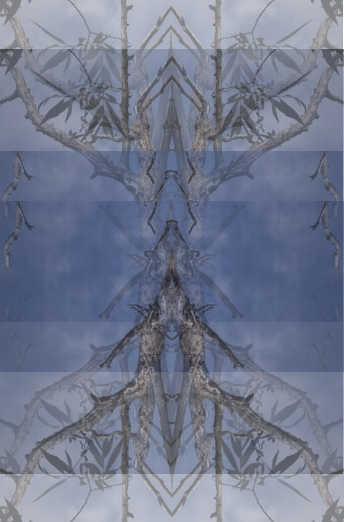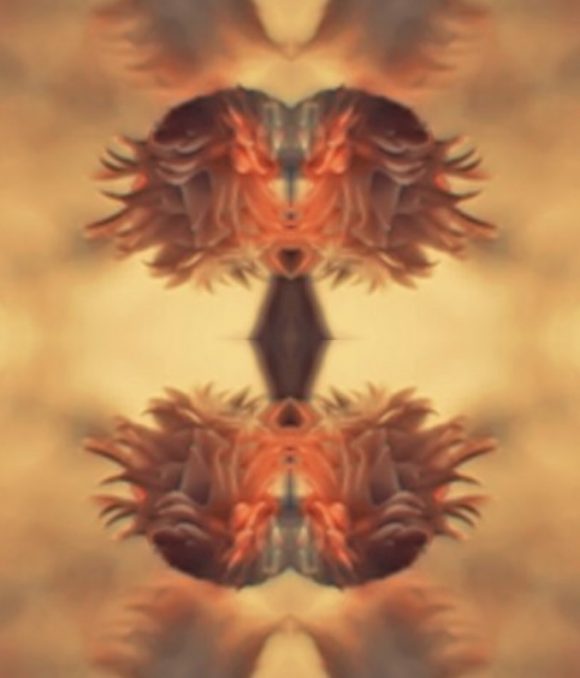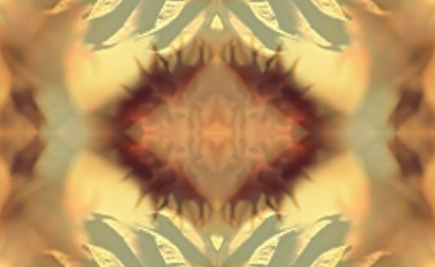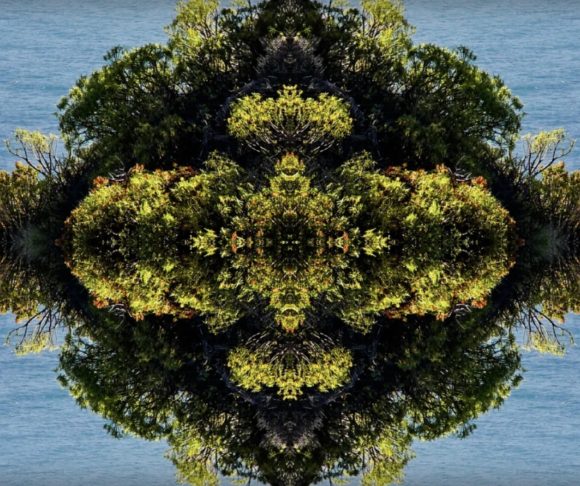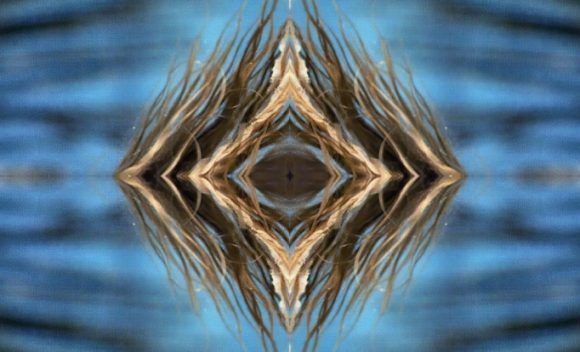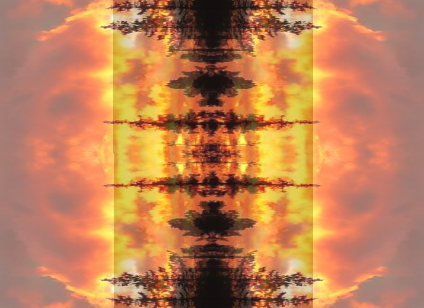
In my last post, I have started critical discussion of Jung’s line of thought in the Grundproblem lecture, and particularly the first step: a statement of a philosophical view called phenomenalism. 3. Perhaps it’s worthwhile to pause for a moment and ask about the status of this argument. There’s a variety of ways we might understand it. We could read it as a sweeping metaphysical stance: the...
